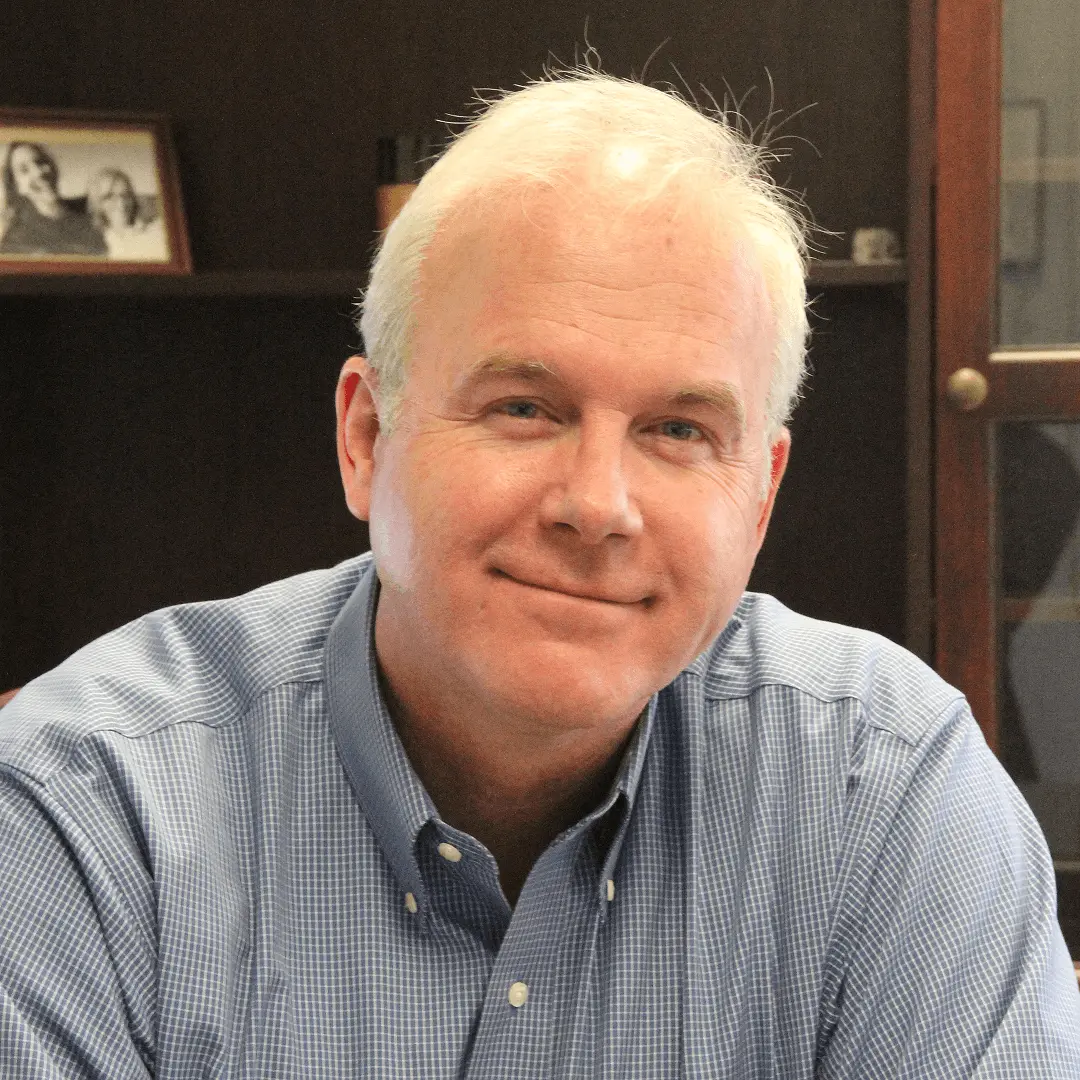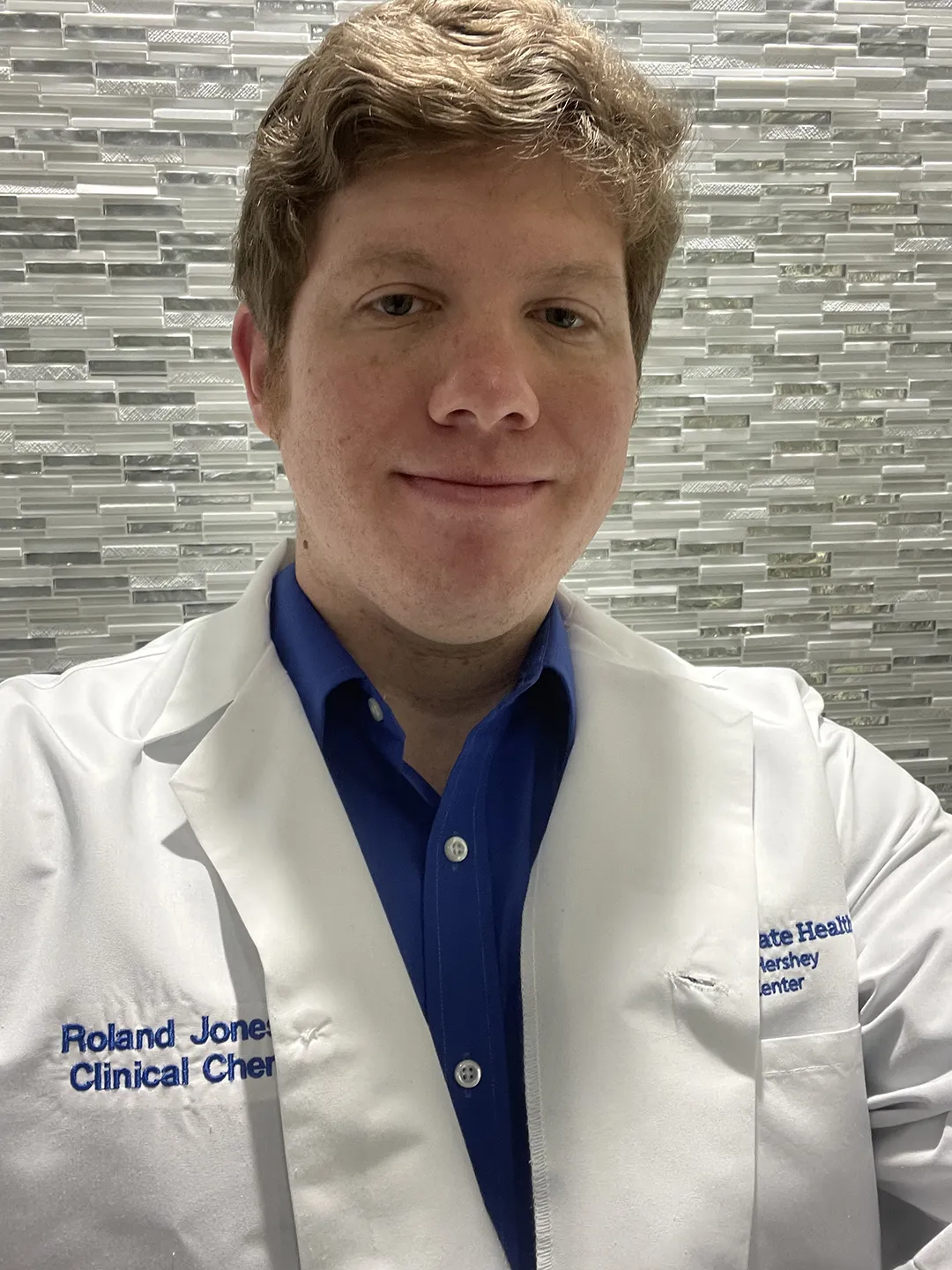OneBreath™—Where Others Fail
Forget what you’ve heard about other breath diagnostic technologies. We are simply superior.
Thermal Desorption Pre-concentration
Breath analyzers based on thermal desorption and hard MS ionization fail to be reproducible or accurate, requiring heat to release samples, advanced ionization techniques, and lengthy GCMS runs.
Optical Solutions
Optical spectrometers are expensive, contain fragile optical components, and are hard to calibrate. They fail to quantify measured VOCs directly due to lack of sensitivity.
E-Nose & Chemical Sensors
eNoses detect patterns but fail to identify and quantify specific VOCs, leaving great uncertainty. Requires artificial intelligence to learn and detect these patterns.
Quantification
Traditional breath technologies rely on thermal desorption with GCMS.
To get a sample, you have to sit there, breathing into a machine for 15-30 minutes—just to concentrate and stabilize VOCs into thermal desorption tubes.
And that on its own is a big problem.
For example, when you’re drawing blood and looking for, say, testosterone levels, the volume of blood is standardized, and the measurement of testosterone concentration is precise.
But with breath, if you’re exhaling for 15-30 minutes just to concentrate VOCs, how do you know what the actual concentration is? It’s not a precise measurement—it’s qualitative at best.
By using just one exhaled breath, breath analysis can become standardized.
Because of our sensitivity and process, OneBreath™ requires only one exhale to quantify the concentration of biomarkers - much like a blood test.


Accuracy
Traditional breath analysis technologies that use thermal desorption requires heating samples to unknown temperatures, risking biomarker degradation—like heating a blood sample before testing. It also requires complex ionization and up to an hour-long GCMS analysis.
With OneBreath™, VOCs pass through a chip where they’re stabilized and derivatized into stable chemicals, enhancing sensitivity by pre-ionizing the VOCs for analysis.
Instead of heating the sample to release the biomarkers, we simply use a cold solvent rinse, preventing thermal breakdown.
Once the sample is released, we use UHPLC for analysis.
The result?
Faster, more accurate analysis in under 10 minutes.
Reproducibility
OneBreath™ is far more reproducible than GCMS-based breath analysis because it eliminates the key sources of variability that make traditional methods unreliable.
We have standardized breath collection, eliminated heat-induced biomarker degradation, and use LCMS without the need for complex ionization steps.
Unlike thermal desorption based technologies, which requires 15-30 min breath collection, and then heating, and lengthy analysis, OneBreath™ stabilizes VOCs instantly in a microreactor where samples can be processd in under 10 minutes with no heat, no degradation, and precise results—ensuring consistent, repeatable diagnostics.
By stabilizing and ionizing VOCs at the collection stage and using a highly sensitive, non-thermal LCMS approach, OneBreath™ ensures accurate, repeatable, and clinically validated results—solving the reproducibility issues that have held back the field of breath diagnostics.

So, When It Comes To Lung Cancer...
Our diverse team of engineers, scientists, and medical professionals is united by a single mission—to revolutionize lung cancer detection. With decades of combined experience and a passion for innovation, our leadership drives every breakthrough at Breath Diagnostics.
94%
Sensitivity
Reliably detects early-stage lung cancer to enable prompt intervention.
85%
Specificity
Minimizes false positives and reduces unnecessary follow-up procedures.
800+
Patients
Multiple clinical trials across multiple sites validate our technology’s impact across diverse populations.
10+
Peer-Reviewed Papers
Protected innovations that secure our leadership in diagnostic advancements.

How Do We Do It?
OneBreath™ leverages patented derivatization technology through a microreactor to capture volatile organic compounds {VOCs) in exhaled breath.
SMARTER
Unlike traditional thermal desorption-based breath analysis, OneBreath™ derivatizes VOCs into cationic adducts, dramatically improving mass spectrometry sensitivity.
This allows detection of trace levels of biomarkers with exceptional precision, avoiding thermal degradation or ionization inefficiencies associated with gas chromatography-mass spectrometry (GCMS) based breath.
FASTER
With it's ability to use ultra-high-performance liquid chromatography-mass spectrometry (UHPLC-MS), OneBreath™ eliminates the need for complex sample preparation, ensuring a faster and more reliable process.
UHPLC-MS runs are completed in 5-10 minutes, compared to the 15 to 45-minute analysis times typical of GC-MS when analyzing breath samples.
OneBreath™ requires just one breath for sampling vs. the traditional 15-30 minutes with thermal desorption.
Combined with LCMS, our laboratory throughput is up to 6X FASTER.
This reduces costs, making it ideal for clinical and commercial applications.
Traditional breath sampling using thermal desorption and GC-MS typically requires at least 10-15 minutes to collect a patient's breath sample. When factoring in sample preparation and analysis runtime, the total process can exceed 1 hour per sample.

A PLATFORM TECHNOLOGY
Our breath holds the key to the future of disease detection. And we believe OneBreath™ is the technology to lead the way. But OneBreath™ isn’t just limited to lung cancer.
Ready to Transform Lung Cancer Screening? Discover the Future Today.
Watch our video to learn how OneBreath™ is revolutionizing diagnostics with life-saving precision and simplicity.

The Visionaries Behind OneBreath™
Our diverse team of engineers, scientists, and medical professionals is united by a single mission—to revolutionize lung cancer detection. With decades of combined experience and a passion for innovation, our leadership drives every breakthrough at Breath Diagnostics.
Ready to Breathe New Life Into Diagnostics?
Together, we can reshape the future of healthcare. With proven technology, clinical validation, and strategic partnerships, OneBreath™ is paving the way for early detection that saves lives.













